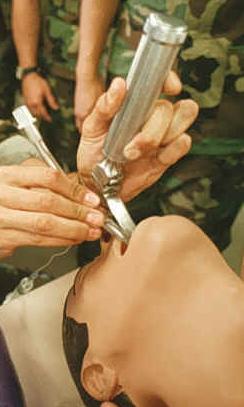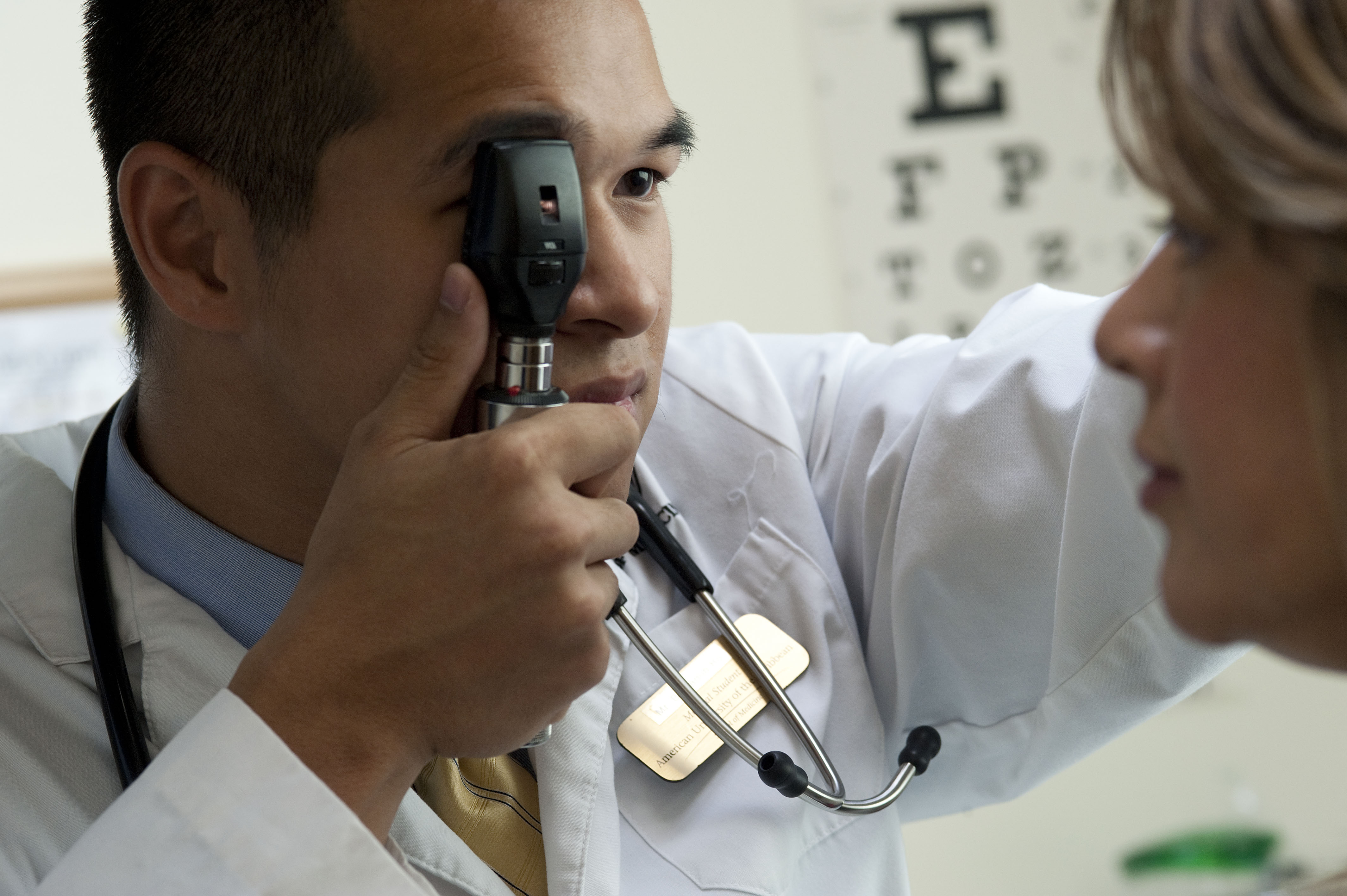Intubation Workshop
 Yesterday was quite a busy day for me. I sat through classes from 8-11:30pm. With the hour and a half before I had to go into the anatomy lab to fulfill my TA duties, I quickly ate lunch at the cafeteria and completed my notes for the day. From 2-5 I had TA duty in the anatomy lab. We continued working on the abdominal region. After closing up the lab, I went to go fulfill my class rep duties from 5:30-6:45 or so at the SGA meeting. Then finally afterwards, I went to the AMSA workshop I had wanted to attend since first semester, the intubation workshop from 7:15 to 8:45 or so.
Yesterday was quite a busy day for me. I sat through classes from 8-11:30pm. With the hour and a half before I had to go into the anatomy lab to fulfill my TA duties, I quickly ate lunch at the cafeteria and completed my notes for the day. From 2-5 I had TA duty in the anatomy lab. We continued working on the abdominal region. After closing up the lab, I went to go fulfill my class rep duties from 5:30-6:45 or so at the SGA meeting. Then finally afterwards, I went to the AMSA workshop I had wanted to attend since first semester, the intubation workshop from 7:15 to 8:45 or so.
Intubation was all new to me. I had never seen it done before nor did I really know what exactly it was besides what I could figure out through the four Latin morphemic roots that constructed the word. It was quite interesting, and a maneuver where so many things could go wrong if one is not properly trained, from broken teeth to mistakenly ventilating the stomach. Two students who worked as paramedics before taught the class and afterwards, we each got a chance to practice our new (yet shaky) skills on a manikin. Here were the steps I learned:
- check the patients breathing. If not breathing, continue with the intubation.
- get the patient’s head in the CPR position, as to straighten the airways
- stick the laryngoscope blade into the mouth. Hook it onto a certain vallecula region in your throat and move the tongue to the side.
- Use the laryngoscope blade to lift the throat up so that you can look in and get a clear view of the vocal cords. This step takes a lot of muscle and was quite tiring.
- lubricate the tube, and insert past the vocal cords into the trachea
- with the hand always on the tube, remove the laryngoscope blade
- take out the wire from the tube that is giving the tube it’s shape.
- inflate the balloon at the end of the tube with a syringe to create a tight seal in the throat, prevent air from the tube from escaping out the mouth.
- take the syringe off
- stick an air ventilator at the upper end of the tube outside the mouth. ventilate.
- if you are doing it correctly, the patient should be breathing with both lungs, not with the right lung only or with the stomach. auscultate the chest, abdomen, and trachea to confirm this. Note the length of the intubated.
- to remove the tube, deflate the balloon first before removing.
While I took several minutes to complete the maneuver, I was quite impressed that a trained paramedic would usually complete all this in less than 30 seconds, and not to mention, in a moving ambulance on a real patient. Although I may never perform an intubation in my future practice, it was a fun activity to experience at a workshop.










